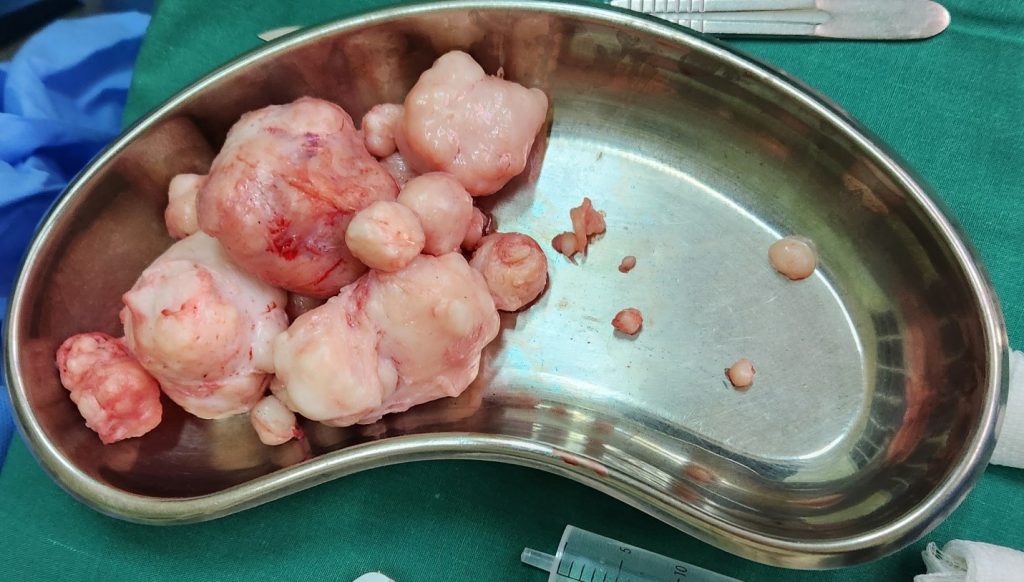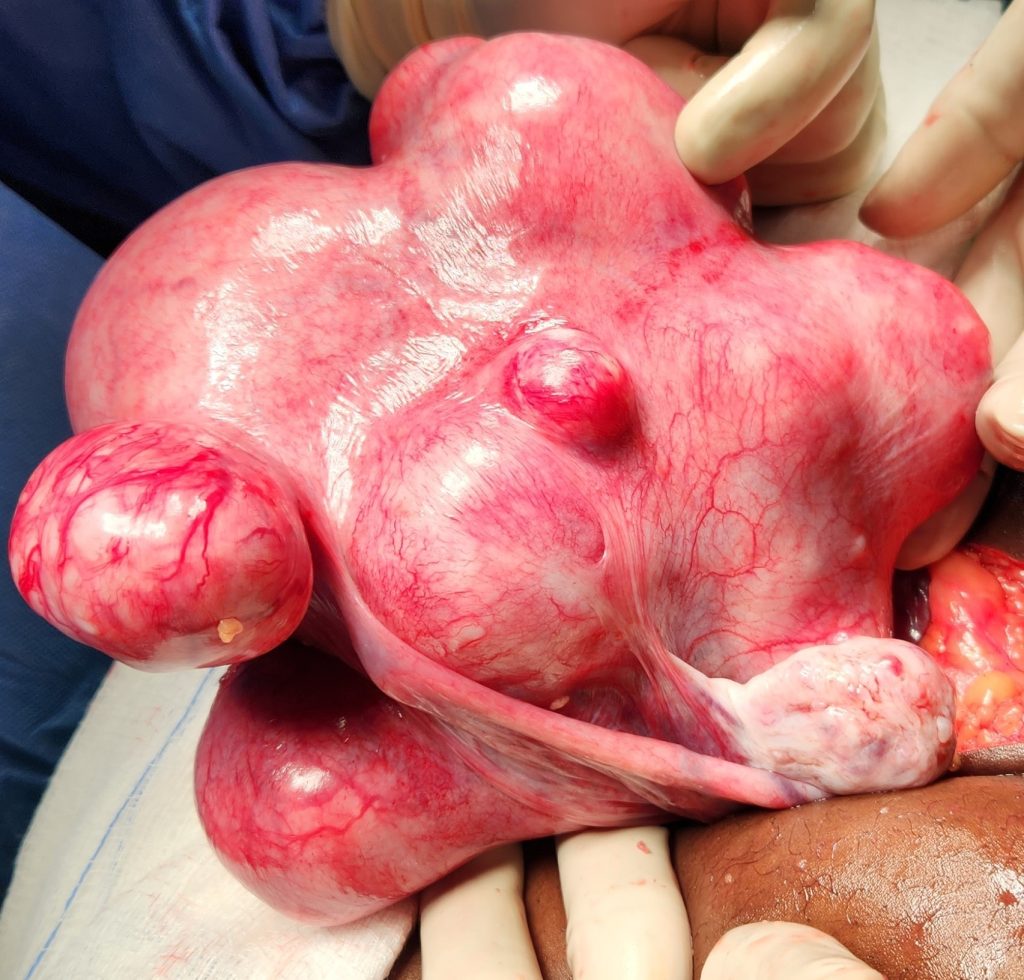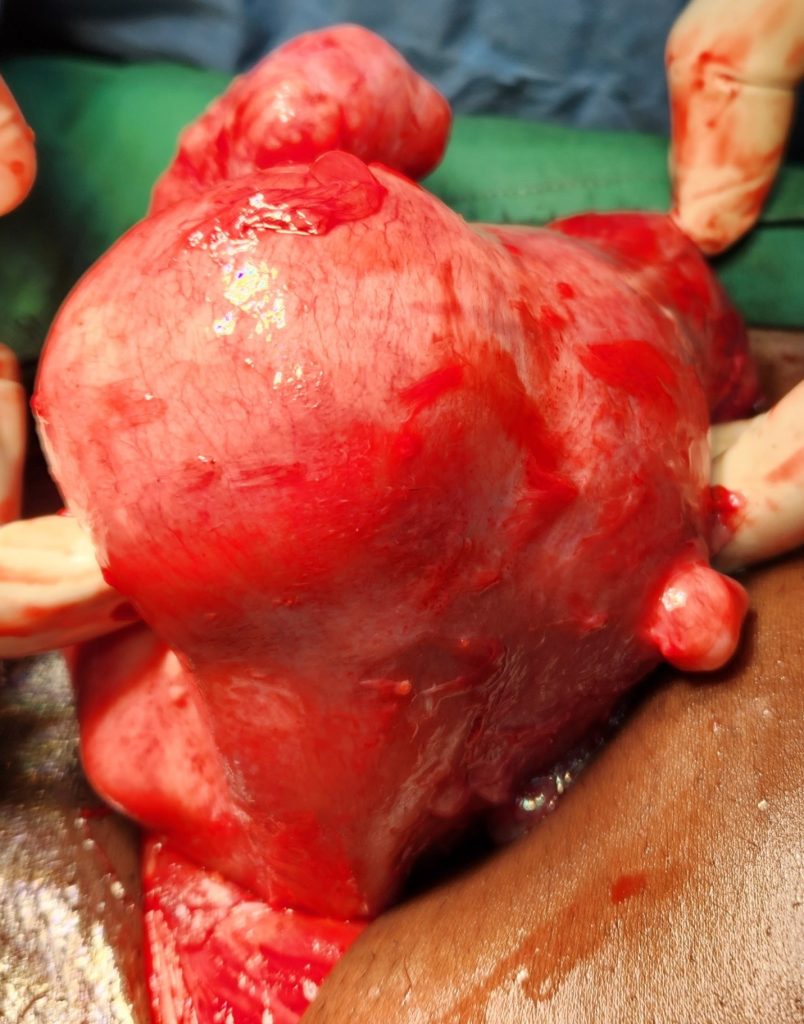Uterine fibroids are non cancerous growth around the uterus. The masses vary in size and are made in fibrous tissue and muscles. They are also known as Myomas. Majority women come to realize they are suffering from fibroids after a long period of time as you can barely feel the symptoms.

Fibroids are as a result of risk factors such as obesity and genetic factors. You can be treated by a medical professional and requires a medical diagnosis. Sometimes lab tests or imaging is enough to help assess the condition. Here is a comprehensive guideline on fibroids overview, symptoms, treatments and recommended obs/gyn specialists for fibroids.
What are fibroids?

Fibroids are abnormal growths that occur in the womb. They commonly affect women of reproductive age, between 20-45 years of age. Usually, they are non-cancerous.
How does one get them?
The exact cause of fibroids remains unknown. However, they are more common in people of African race, in those with a family history of uterine fibroids and in those who delay getting children. It explains why we are getting more and more women getting fibroids as most are starting their motherhood journey after 30 years of age as compared to prior times when from 20 years, our mums were getting pregnant. The fact that now there are easier means to diagnose them also means that there is an increase in number of people known to have fibroid. At Velvet clinic the youngest client with fibroid we met was 21 yr old.
What are the common symptoms?
Quite a number of people (50-60%) with fibroids have no symptoms at all.
However, a number may present with the following symptoms:
-Heavy bleeding and pain during periods
-Difficulty conceiving (infertility)
-Repeated miscarriages
-Abdominal swelling may be seen when the fibroids are too big (one client was tired of being congratulated for being pregnant- though her tummy used to let her skip queues)
How are fibroids diagnosed?
During a check-up, your gynaecologist will take a detailed medical history and do a thorough abdominal examination.
Additionally, they will do an ultrasound scan to see if there are fibroids, how many they are and where they are located.
Other tests may be done, depending on your symptoms at the time of the visit.
How do we treat them?

Treatment depends on the symptoms, size of the fibroids and if pregnancy is desired.
The plan of management is made in discussion with your gynaecologist.
-If the fibroids are very small and have no symptoms, then they can be left alone. However, they need to be checked every few months by your gynaecologist to see if they are growing.
-Other options include
- Medication to control the symptoms
- Medication to shrink the fibroids
- Embolization- where we block off the blood supply to the fibroids and this helps shrink them
- Surgery. – open and laparoscopic to remove the fibroids. Remember they may grow back after removal
- Surgery –open or laparoscopic to remove the womb especially if fibroids are too many or client has many complications because of the fibroid or if client chooses to remove
What are the common myths around fibroids?
Myth 1: Fibroids only affect older women
Fact: Fibroids can affect any woman of reproductive age. Sometimes occurring as early as the twenties.
Myth 2: Women with fibroids cannot become pregnant
Fact: Women with fibroids can get pregnant. Those with trouble getting pregnant can get pregnant after removal of the fibroids provided there is no other problem with the fallopian tubes or ovaries. Fibroids can however complicate pregnancy in the below ways
- 10% chance of preventing pregnancy
- 25% chance of miscarriage or preterm labour
- 20% for cesearean delivery
- 5% chance of bleeding a lot post delivery
- 5% chance of having a baby squeezed by fibroid and giving abnormalities like club foot
- 5% chance of getting very severe pelvic pain in pregnancy due to degeneration/dying off of the fibroid
Myth 3: Once fibroids are removed, they cannot regrow
Fact: Sometimes, fibroids can regrow after surgery to remove them. The only way they never regrow is in cases where the whole uterus is removed.
How do they look like?

Frequently asked questions about uterine fibroids
What happens if you have fibroids in your uterus? They cause a drop in the RBC (red blood cells), which brings anemia. Heavy RBC loss causes fatigue.
Which is the best treatment for fibroids? Myomectomy is the most effective way of treating fibroids.
What is the main cause of uterine fibroids? The cause for fibroids remains unknown.
How to prevent fibroids? You should maintain a healthy weight, exercise regularly and eat a balanced diet.
Which size of fibroid is dangerous? It becomes more 2mm in diameter, it is termed to be dangerous to your life. Visit a doctor.
How to check for fibroids at home? Whenever you see heavy menstrual bleeding with pelvic discomfort, bladder problems, rectal pressure, painful sex and low back pain while at home contact our gynaecologists for help.
Can fibroids be treated without surgery? Our specialists recommend minimally invasive procedure known as embolization.
Can i get pregnant with fibroids? Yes, you can get pregnant with fibroids, but ensure you contact us or a doctor close to you for healthy pregnancy planning.
Uterine fibroids in Kenya is a common condition that affects a number of women. Visit Velvet Health Children and Women clinic for help today. You will get fibroid treatment.
